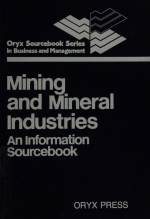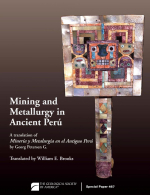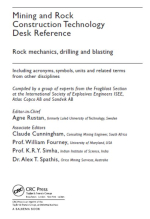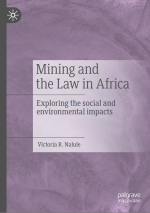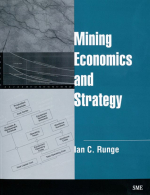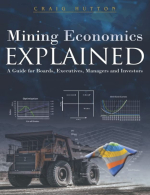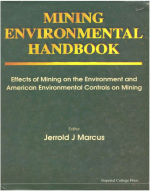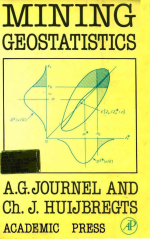The distribution of ore grades within a deposit is of mixed character, being partly structured and partly random. On one hand, the mineralizing process has an overall structure and follows certain laws, either geological or metallogenic; in particular, zones of rich and poor grades always exist, and this is possible only if the variability of grades possesses a certain degree of continuity. Depending upon the type of ore deposit, this degree of continuity will be more or less marked, but it will always exist; mining engineers can indeed be thankful for this fact because, otherwise, no local estimation and, consequently, no selection would be possible. However, even though mineralization is never so chaotic as to preclude all forms of forecasting, it is never regular enough to allow the use of a deterministic forecasting technique . This is why a scientific (at least, simply realistic) estimation must necessarily take into account both features - structure and randomness inherent in any deposit. Since geologists stress the first of these two aspects, and statisticians stress the second, I proposed, over 15 years ago, the name geostatistics to designate the field which synthetizes these two features and opens the way to the solution of problems of evaluation of mining deposits <...>


